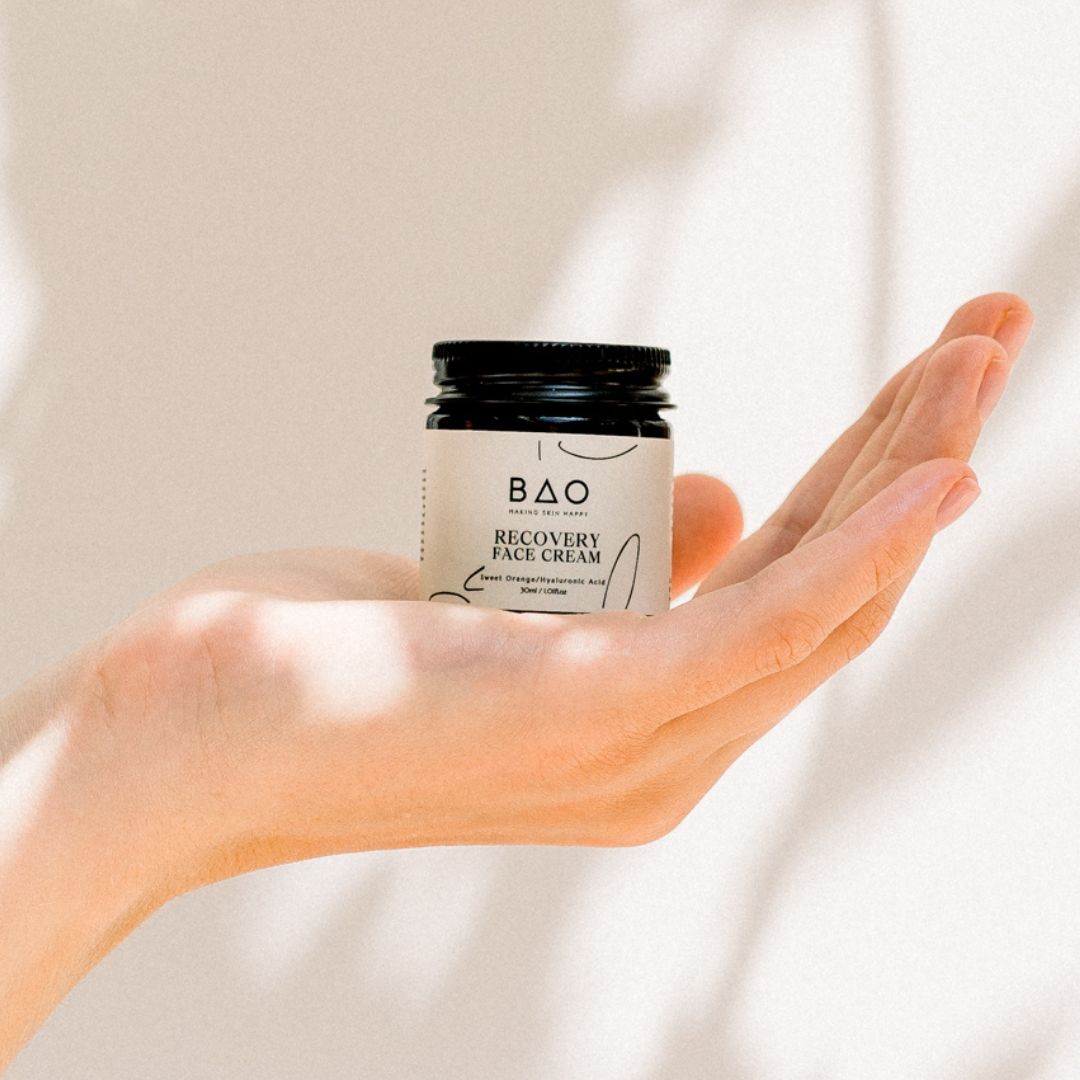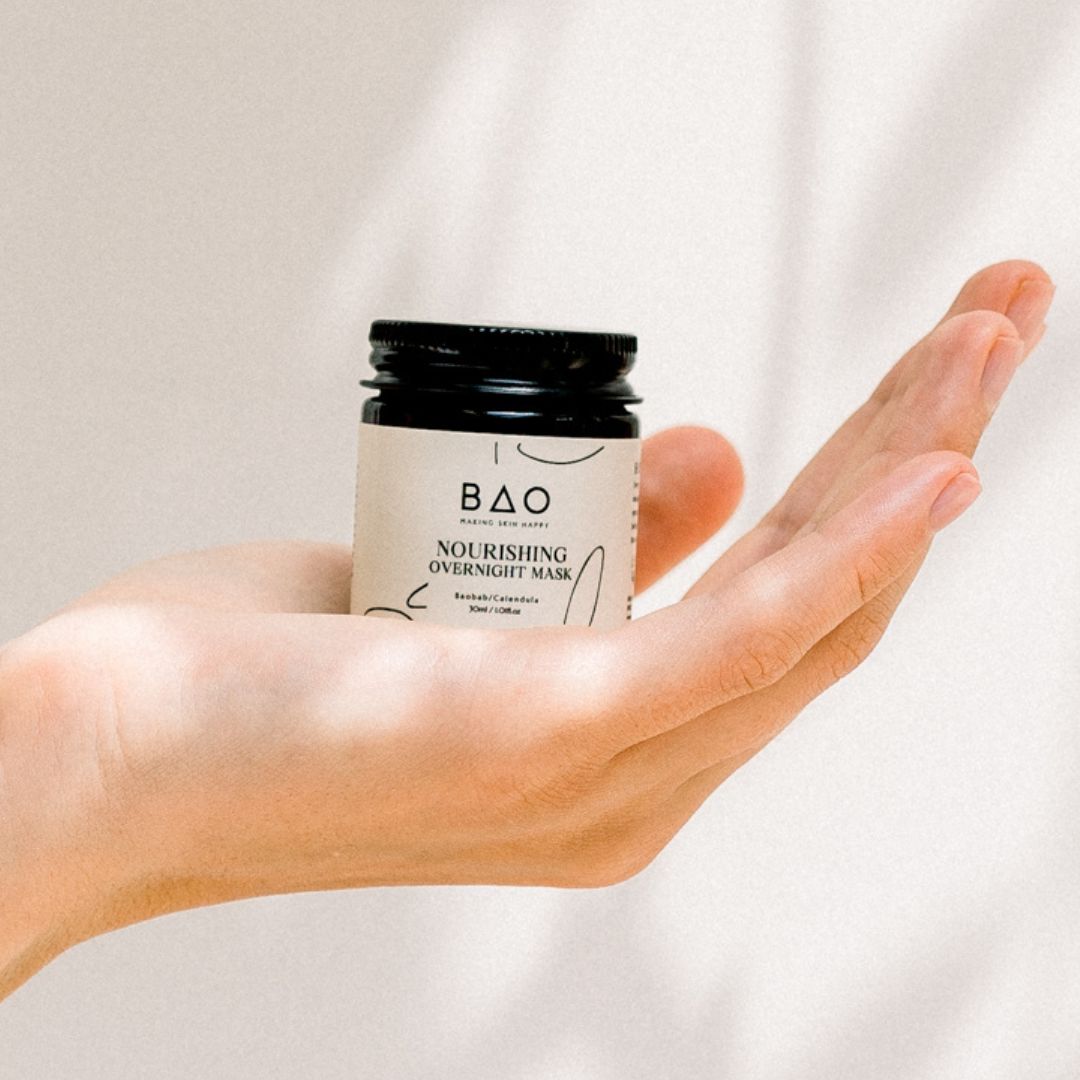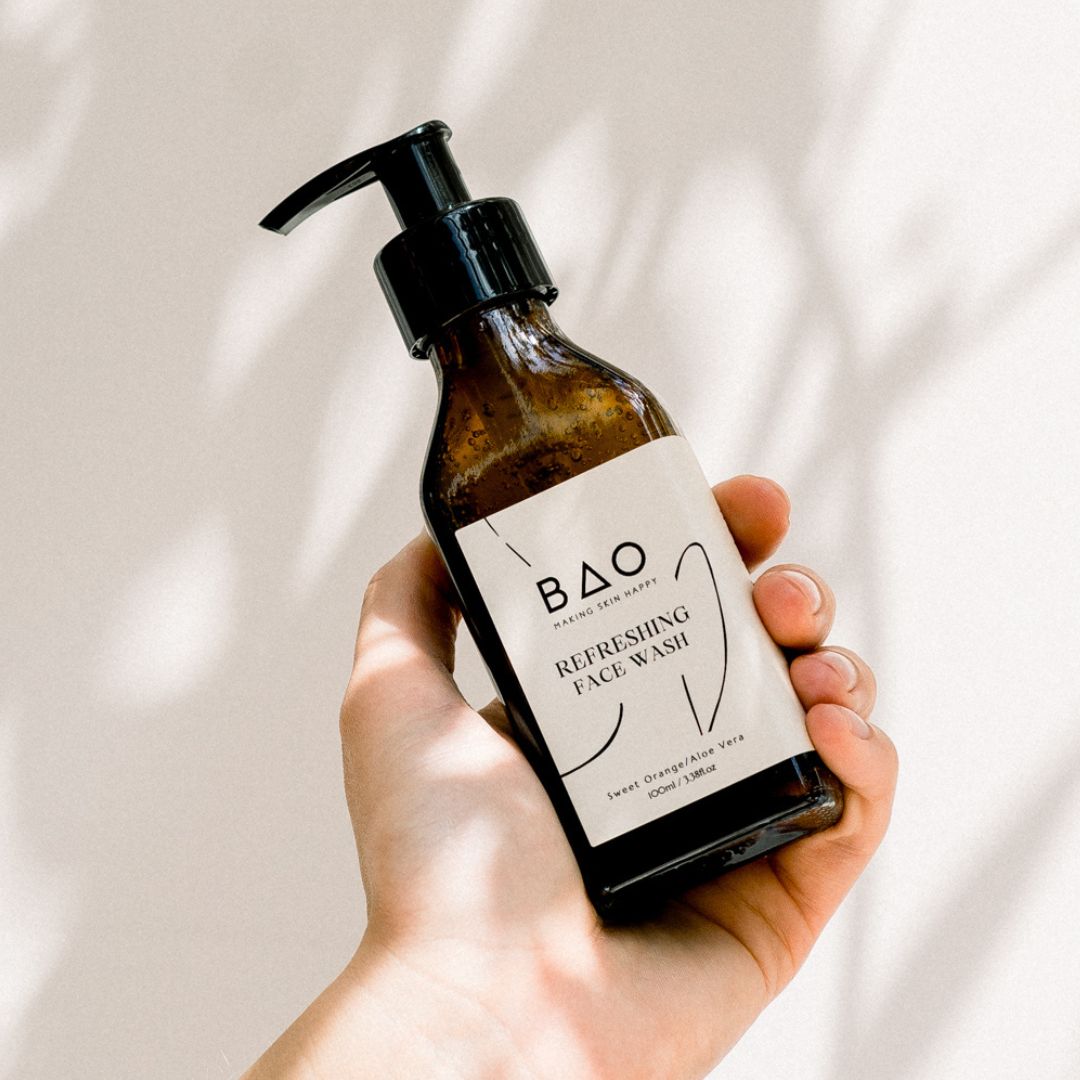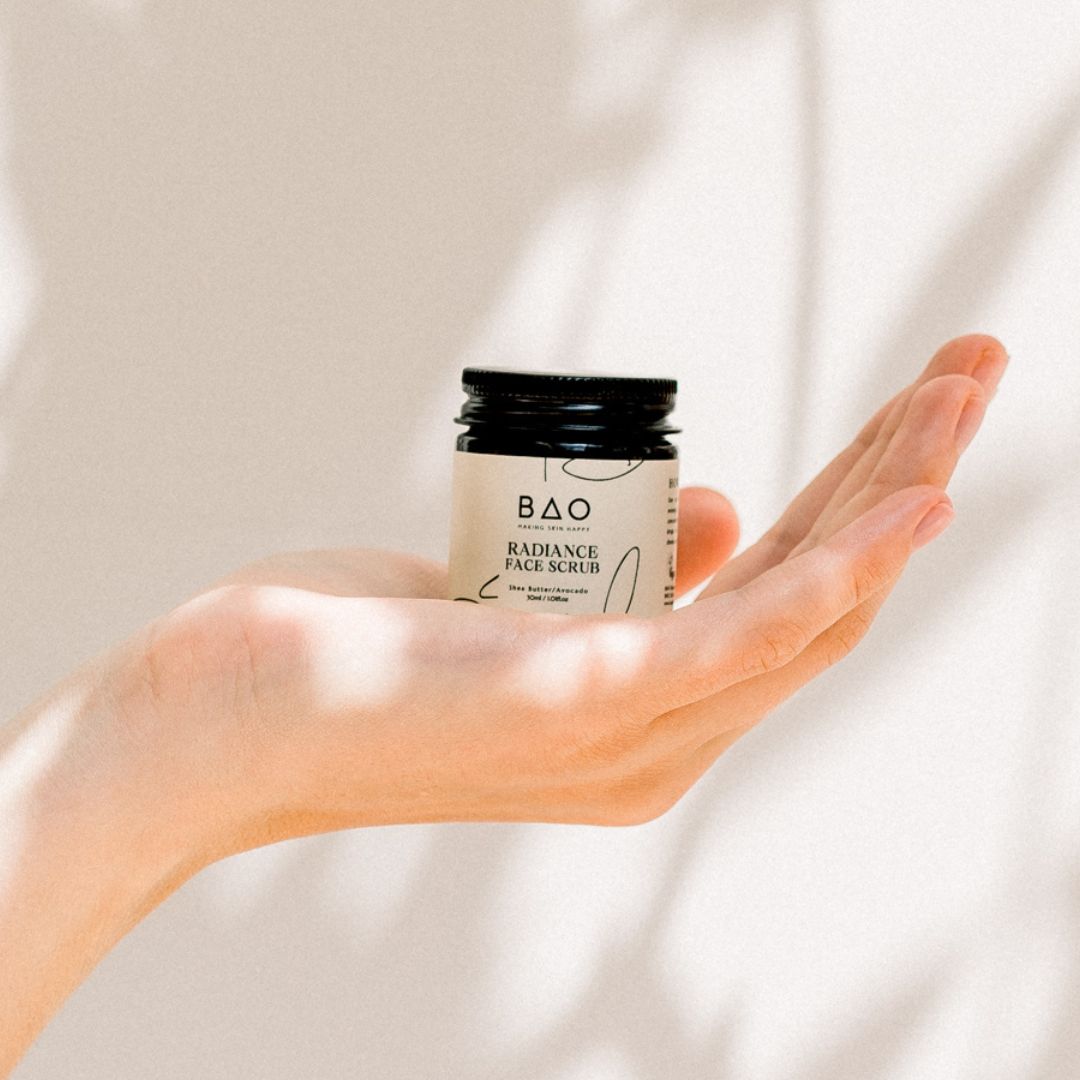That blissful feeling of stepping off the plane and into the sunshine? Pure magic. But one thing that isn't so magical? The dry, tight, dull skin that often tags along for the ride.
Let’s dive into why flying wreaks havoc on your skin—and how to prevent post-flight dryness from crashing your holiday glow.
Why Does Flying Dry Out Your Skin?
When you fly—especially long-haul—your skin faces a perfect storm of dehydration triggers:
- Low humidity: Cabin air contains less than 20% humidity (compared to 40–60% in most indoor environments), leading to rapid water loss from your skin.
- Recycled air: Constant airflow strips away natural oils and compromises your skin barrier.
- Travel stress + diet: Airport stress, salty snacks, and bubbly drinks can all impact your hydration levels.
- Pressurised air: This doesn’t just affect your ears—it contributes to dullness and tightness, especially in reactive or sensitive skin.
And here's a curveball: your skin can be oily and dehydrated at the same time. That shiny T-zone? It might still be parched underneath.
How to Prevent Dry Skin on a Plane
Here’s how to protect your skin before, during, and after take-off:
1. Prep Skin Like a Pro (Pre-Flight)
Start prepping a few days before you fly:
- Use gentle, hydrating skincare – no harsh exfoliants or active-heavy routines.
- Drink more water than usual.
- Layer Hydrating Face Mist under Recovery Face Cream for a moisture-locking combo.
- Don’t forget Brightening Hand Cream and Body Cream – hands and feet show dehydration first.
2. In-Flight Skincare Essentials
Before you board:
- Apply Restorative Face Oil to deeply nourish and strengthen your skin barrier.
- Pack travel sizes of Hydrating Face Mist and Recovery Face Cream in your hand luggage.
- Mist throughout the flight, then seal it in with cream – this prevents moisture loss and helps HA do its job without drying you out.
Top Tip: Never apply hyaluronic acid alone in a dry environment—it needs a moisturiser on top to lock it in, or it may pull water out of your skin.
3. Ditch the In-Flight Alcohol
As tempting as that G&T is, alcohol dehydrates from the inside out. If you do treat yourself, balance it with a large glass of water.
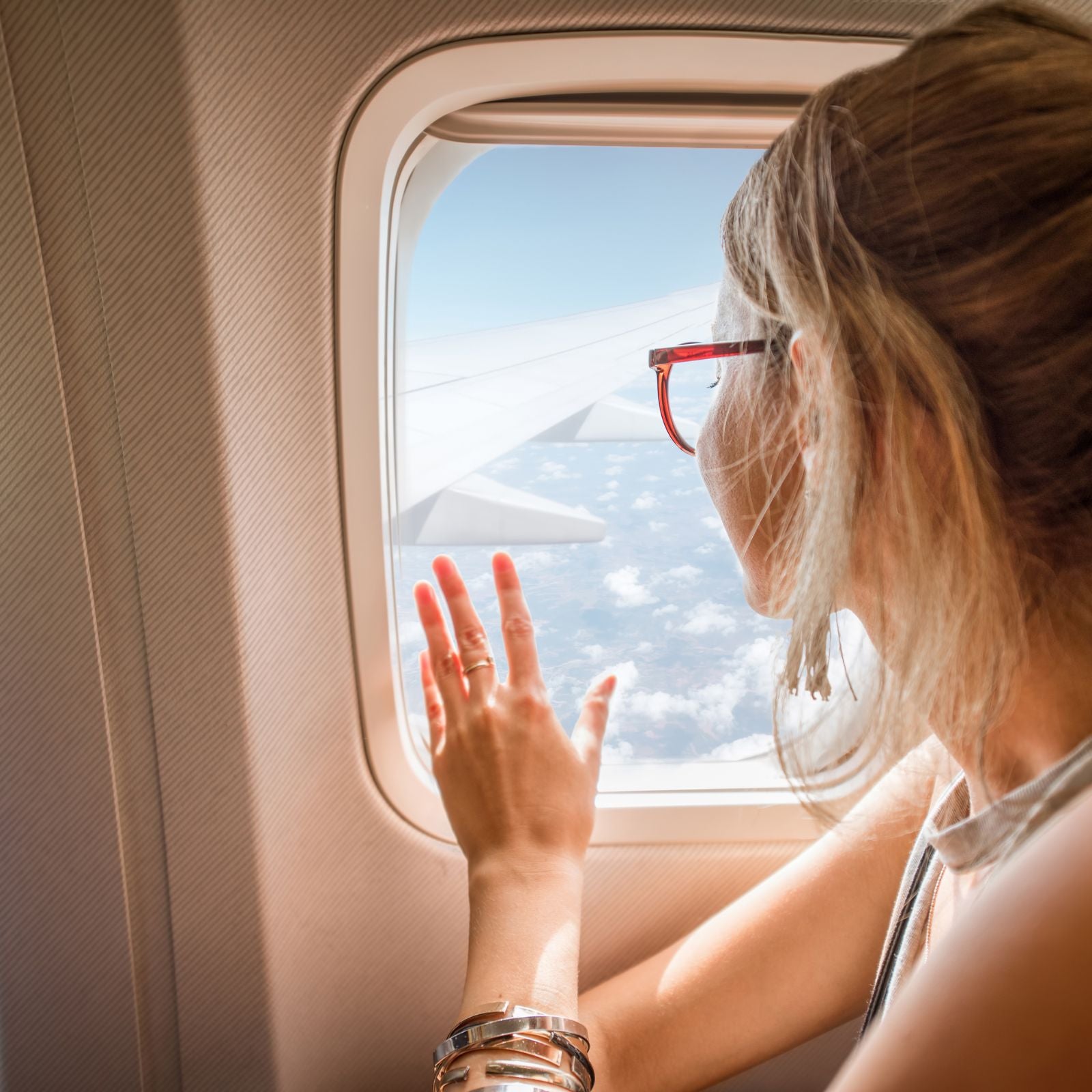
How to Rehydrate Skin After Flying
Gently Exfoliate
If your skin feels flaky, start with a soft polish.
Radiance Face Scrub is ideal post-flight – it smooths, soothes and clears away dead skin without irritation.
Rebuild Hydration & Lipid Levels
To treat both dehydration (water loss) and dryness (oil loss), use:
- Hydrating Face Mist (with hyaluronic acid)
- Recovery Face Cream (with shea butter + ceramides)
- Restorative Beauty Oil at night to replenish and lock in hydration
Rehydrate Your Body, Too
Glowing skin starts within. Drink 6–8 glasses of water daily and sip green tea for an antioxidant boost.
Should You Get a Facial Before Flying?
Yes – but choose wisely.
Avoid exfoliating or peel-based facials right before you fly, especially if you're heading into sunny weather. These can make your skin more prone to sun sensitivity and pigmentation.
Instead, book a hydrating, nourishing facial with lots of massage. This stimulates circulation, boosts lymphatic drainage and gives your skin a gorgeous glow before you jet off.
In Summary: Your Skincare Flight Plan
✅ Hydrate skin with mist + cream pre-flight
✅ Use a facial oil before leaving for the airport
✅ Avoid alcohol + sugary snacks while flying
✅ Post-flight, exfoliate and layer hydration
✅ Drink plenty of water + eat skin-friendly foods
✅ Opt for gentle facials with no harsh peels



